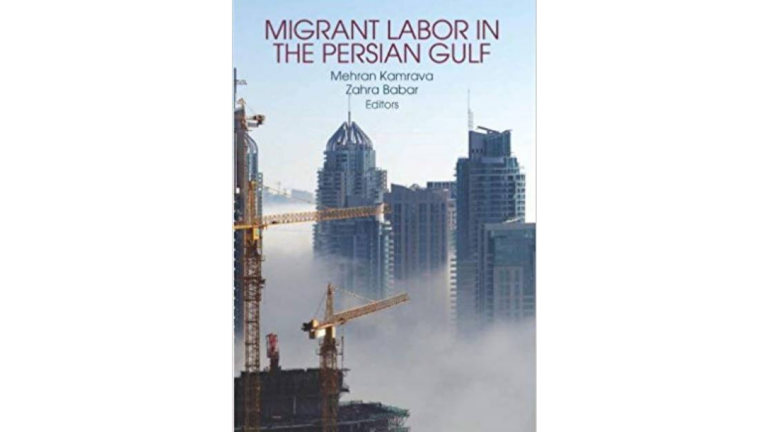Migrant Labor in the Persian Gulf

In some Persian Gulf countries, expatriate workers make up as much as eighty-five to ninety percent of the population. Unsurprisingly, these states spend vast amounts of political energy managing their migrant laborers and the social, cultural, and economic changes they bring. Yet, despite this pervasive and far-reaching phenomenon, no comprehensive and easily accessible study of labor migration in the Persian Gulf currently exists. In Migrant Labor in the Persian Gulf, the contributors examine the multiple causes, processes, and consequences of labor migration in this region from the disciplinary perspectives of sociology, anthropology, political science, and economics. It critically analyzes the effects of migration on native communities through original and empirically grounded research, identifying the types and functions of formal and informal binational and multinational networks emerging from and sustaining migration patterns. The authors also explore the role of recruitment agencies, as well as look at the values and behaviors of migrant workers both before and after they set off for the Persian Gulf.